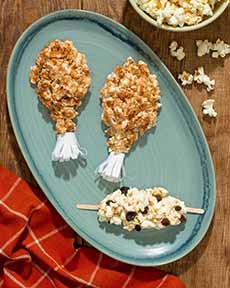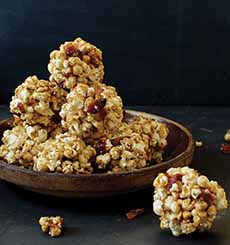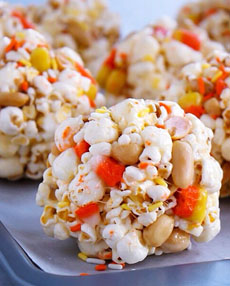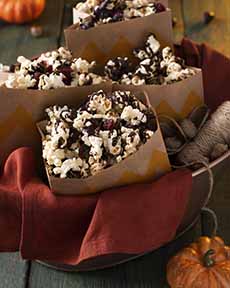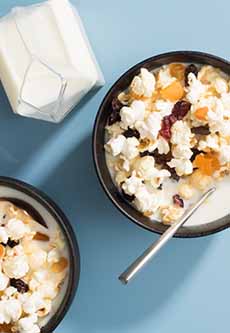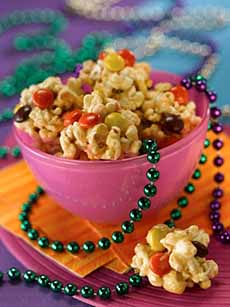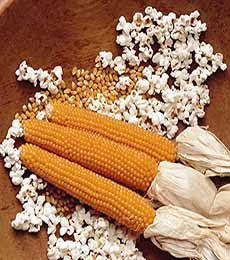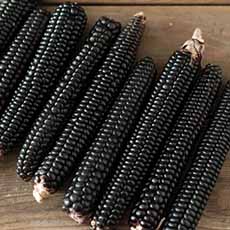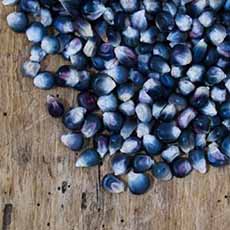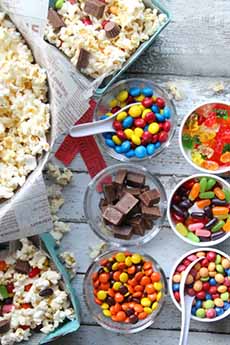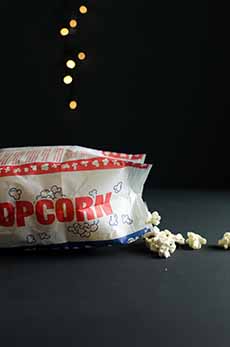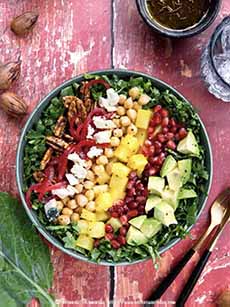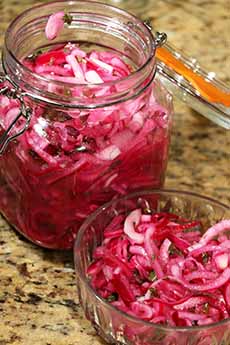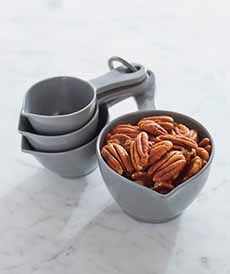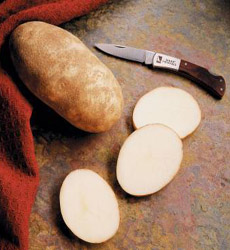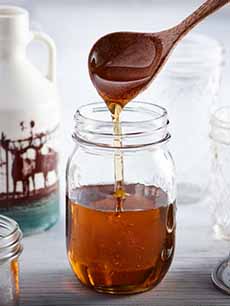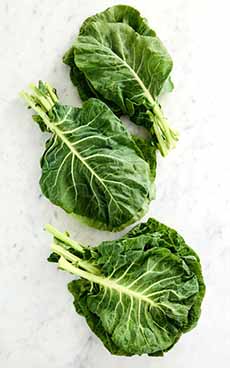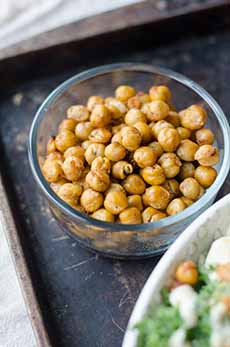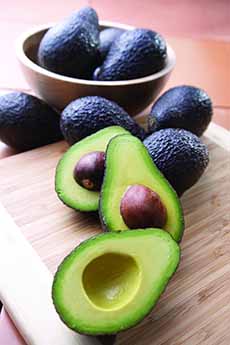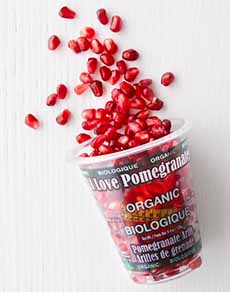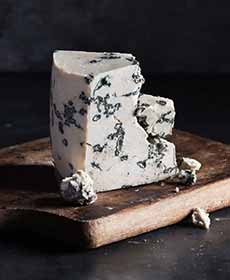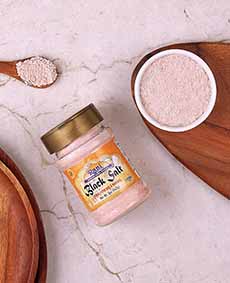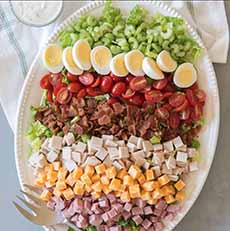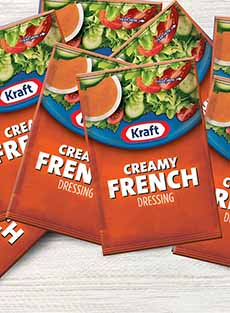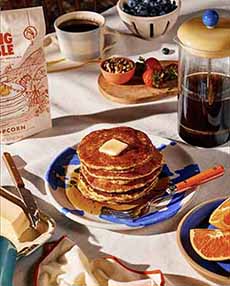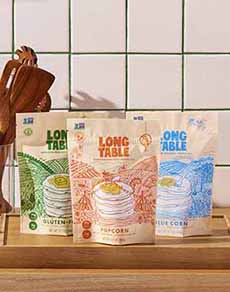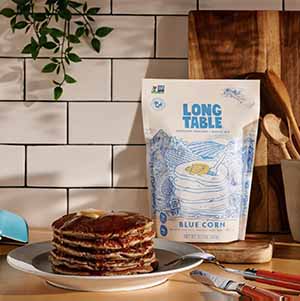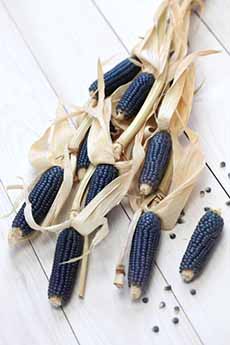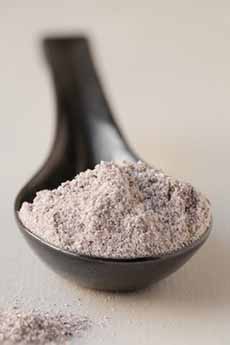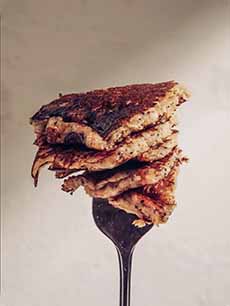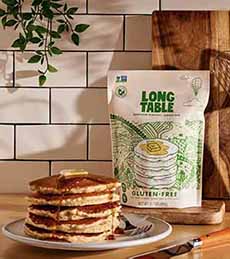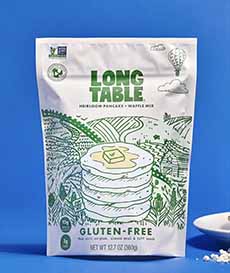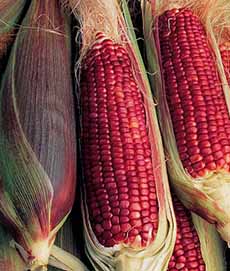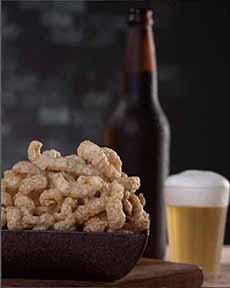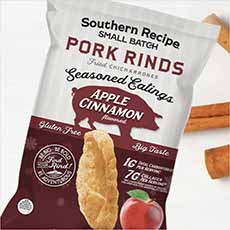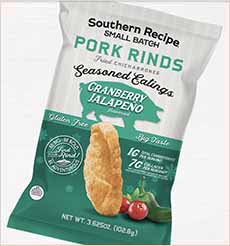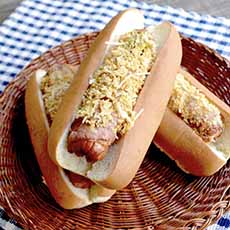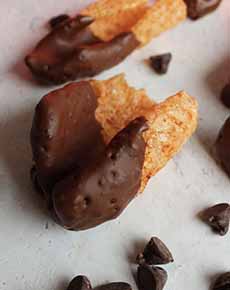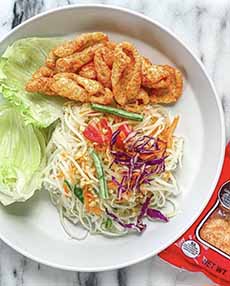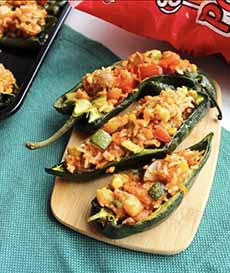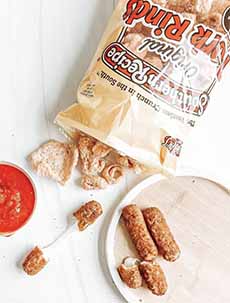|
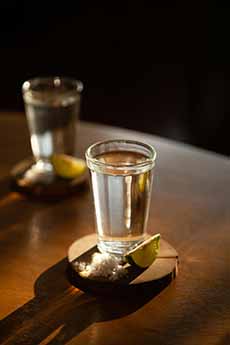
[1] Sotol can be drunk with salt and lime, similar to tequila (photo © Cristian Rojas | Pexels).
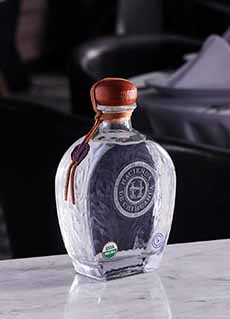
[2] Hacienda de Chihuahua is the leading producer of fine sotol. Sotol plata (a.k.a. blanco, joven, or silver) is not aged. It goes straight from distillation to the bottle (photos #2, #3, #4, #5, and #16 © Hacienda de Chihuahua).
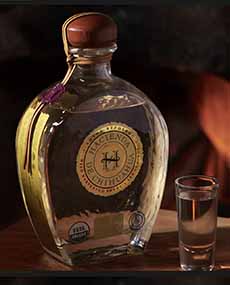
[3] Sotol reposado is aged for several months to a year years.
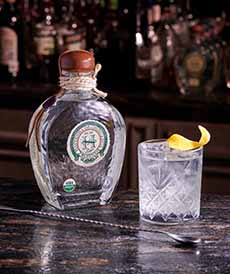
[4] Sotol rustico is aged for two years.
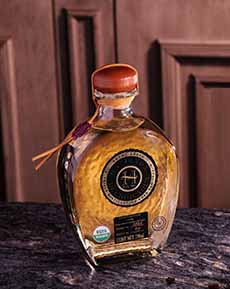
[5] Sotol añejo is aged for at least one year.
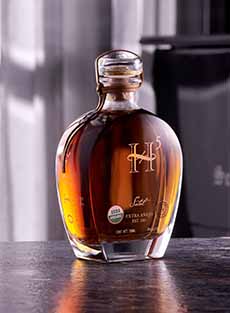
[6] Sotol extra añejo, called Sotol H5, is aged for five years.
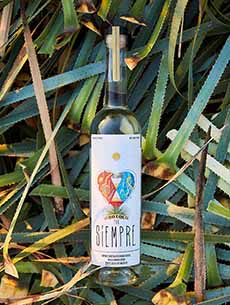
[7] Sotol Por Siempre is a spirit from Chihuahua, Mexico, made from the wild-harvested sotol plant. It is produced by Compania Elaboradora de Sotol, a sixth-generation distillery (photos #6, #7, #10, #11, #13, #14, #15 © Sotol Por Siempre | Back Bar Project).
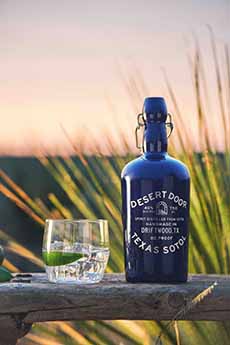
[8] Desert Door Sotol is an American brand, made in Texas. Different expressions won gold, silver, and bronze medals at the 2024 London Spirits Competition 2024x (photo © Desert Door).
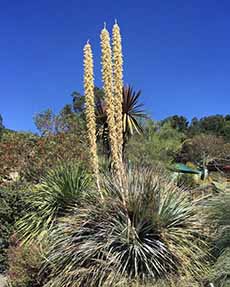
[9] A sotol plant in the Mexican desert. You can buy a starter plant here (photo © Pan’s Garden).
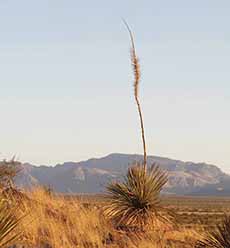
[10] The plant grows wild, as does agave. Read more about it (photos # © Back Bar Project).
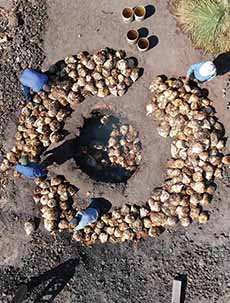
[11] Sotol roasting in a pit.
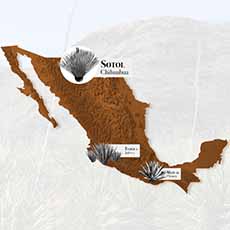
[12] Sotol is made in northern Mexico while tequila and mezcal are made in the south (map © MapPorn | Reddit).
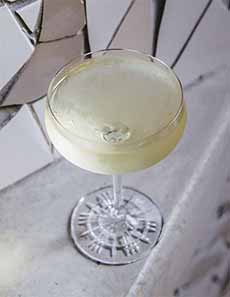
[13] A glass of sotol (photos #13, #14, and #15 © Sotol Por Siempre).
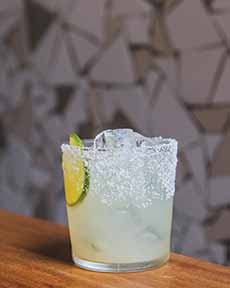
[14] While some cocktails are crafted to showcase sotol, you can substitute sotol for any spirit in classic drinks. Here, a Margarita made with sotol instead of tequila.
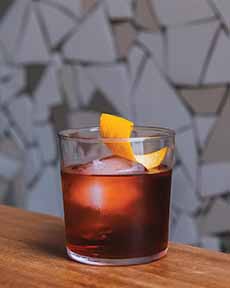
[15] A Bloody Mary (or Bloody Maria) made with sotol instead of vodka. The Mexican version made with tequila is a Bloody Maria (photo ©.
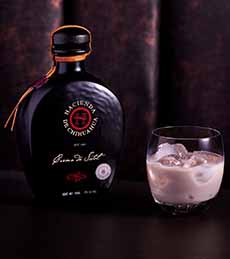
[16] Crema de Sotol cream liqueur is made in two flavors, Nuez (pecan, shown) and Chocolate.
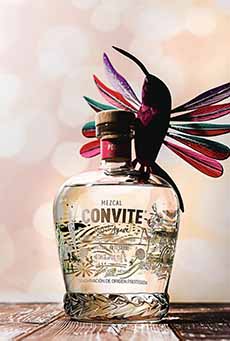
[17] A bottle of pechuga, infused with raw fruits, spices, and chicken or turkey breast (photo © Convite Pechuga).
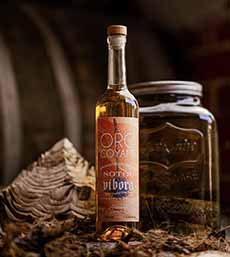
[18] Sotol de vibora, shown with the pina (heart) and in the jar, a rattlesnake infusing in the sotol (photo © Casa Ruelas Sotol).
|
|
While we have no Mexican or indigenous ancestry, we enjoy celebrating El Día de los Muertos (the Day of the Dead), which takes place every year on November 1st and 2nd.
We like to take a day to remember our deceased ancestors, and we’ve developed a ritual in our small, New York City apartment. It usually involves of tasting of Tequila and Mexcal.
This year we added sotol.
What is sotol, we wondered, after receiving the offer of a bottle from the leading producer, Hacienda de Chihuahua, a family distiller in Delicias, Chihuahua, Mexico.
> There’s more about the brand below.
Sotol, one of six spirits distilled in Mexico, has long been under the radar. In fact, only two of the six—tequila and mezcal—have much recognition outside of the regions where they are created.
We’d written a lot about tequila, mezcal, and about other indigenous Mexican foods and beverages such as pulque.
But sotol, along with (three more traditional Mexican spirits below), was nowhere in our consciousness.
That changed with when we had our first sip of sotol. It was an añejo (aged), and beautiful: flowers, grass, and vanilla on the nose, a complex palate barely sweet with a good herbal and peppery finish. Warm and comforting!
We’re excited about this emerging category, which is our Top Pick Of The Week.
If you’re a fan of tequila and mezcal, buy yourself a bottle. Your tequila- and mezcal-loving friends would like one as a gift.
If your local liquor store or Uber Eats can’t get you a bottle, there are plenty of online sellers (the unaged Plata is about $35, the Anejo about $50).
And, you can have a party to introduce your whole circle to a sotol tasting, by itself or along with tequila and mexcal.
> The history of sotol is below.
But let’s start with some comparisons of sotol and its two better-known cousins.
WHAT’S SOTOL MADE FROM?
Sotol is a spirit distilled from the piña (also called the crown, head or heart) of the Dasylirion plant (photos #8, #9, #10), which is native to the deserts of Mexico and the American Southwest. The plant is bush-like with spiny leaves that resemble a sea urchin.
It is made in very small quantities by a few families in northern Mexico.
The word sotol comes from the Nahuatl (Aztec) word tzotolin, which means palm tree or “palm with long and thin leaves.”
Sotol is distilled from the Desert Spoon plant (Dasylirion wheeleri), which is commonly called sotol or sereque. It is a succulent, but is not an agave**.
The plant is named Desert Spoon because the base of its long, narrow leaves resembles the shape of a spoon, particularly when viewed from the side.
It’s native to arid desert environments; thus, a spoon in the desert.
While tequila is by law made only from Blue Weber agave, Agave tequilana, mezcal (can be made from 30+ varieties of agave; and although there are some 22 species in the genus Dasylirion plants, as noted above, sotol is made from Dasylirion wheeleri.
All three spirits are made from plants are succulents in the asparagus family, Asparagaceae, however, the subfamilies differ.
Agave is from the subfamily Agavoideae and sotol is in the subfamily Nolinoideae, not an agave but a botanical cousin.
Think of tequila and mezcal as siblings, while sotol is a first cousin.
Tequila and mezcal are made from agave; sotol is not.
Agave is a succulent; dasylirion is a semi-succulent*.
> See more about the sotol plant below.
Production Regions
Sotol: Made in Chihuahua, Coahuila, and Durango. It is an emerging market with much more limited availability than tequila and mezcal. Sotol plant is is the “official drink” of the three northern states where it is grown.
Tequila: Primarily made in the state of Jalisco, plus limited areas in 4 other states. It is the most widely available agave spirit globally. It is Mexico’s “national drink.”
Mezcal: Made in specified parts of nine states including Durango, Guerrero, Guanajuato, Michoacán, Oaxaca, Puebla, San Luís Potosí, Tamaulipas, and Zacatecas.
With sotol, each plant takes about 15 years to mature, and one plant typically produces only one 750ml bottle of spirits. The agaves of tequila and mexcal take eight to 15 years to mature, and one plant yields five to seven bottles.
Production Process
The production processes of all three are similar:
Mature plants are harvested.
The hearts (piñas) are cooked, then crushed and fermented naturally with wild yeasts (Hacienda de Chihuahua uses Champagne yeasts).
Agave hearts for tequila are slowly steam-cooked in ovens or autoclaves; the agave for mezcal and desert spoon for sotol are roasted in underground pits.
The spirit is then distilled in copper or stainless steel stills (Hacienda de Chihuahua distills in a double column copper alembic still).
By law, tequila must be double-distilled. Mezcal and sotol are often double distilled but it’s not a legal requirement.
Because sotol is made in such limited quantities, it is not yet being made with commercial production processes, and is still highly artisanal. Tequila and mezcal can be made with either type of production process.
Flavor Profile
Sotol is earthy, grassy, and herbaceous.
It can have mineral, grassy, and leather notes. Some varieties have hints of eucalyptus or mint.
The terroir‡ heavily influences flavor. Forest/mountain-grown sotols can be pinier, with notes of mint and eucalyptus, while desert plants deliver mineral, leather and earthy notes.
Blanco tequilas generally have vegetal flavors of agave, citrus, grass, and pepper, while the oak-aged expressions such as reposado or añejo have toastier, deeper notes of vanilla, caramel, dried fruits, and warm baking spices.
Blanco mezcals typically have a earthy, smoky, and slightly sweet (tropical fruit) flavor profile. Depending on the blend of agaves, there can be herbal/vegetal notes and hint of licorice, roasted tomato, dried lemon peel, spicy, and other flavors.
If mezcal as the smoky cousin of tequila, sotol as the grassy cousin of mezcal.
Technically, all tequila is mezcal, but not all mezcal is tequila. The term mezcal refers to any spirit made from any agave plant, while tequila must be made only with blue Weber agave, Agave tequilana, some of which is cultivated rather than wild-grown.
Denominación de Origen (Denomination of Origin) or D.O.
The catgegory of sotol received protected status under a Denomination of Origin in 2004. It is recognized by 27 countries, but not yet by the U.S. This means that American companies currently can produce a product called sotol. One such brand is Desert Door Texas Sotol, crafted in Texas.
The Mexican D.O. requirements for sotol include:
Must be produced in the three northern states of Chihuahua, Coahuila, and Durango.
Can be produced with either native or commercial yeasts.
It can be made with sugars fermented from sources other than the Desert Spoon (Dasylirion) plant, up to 49%.
Both artisanal and industrial methods (autoclave, diffusor, etc.) can be used.
Sotol Curado & Sotol Liqueur
Sotol curado is a traditional way of flavoring sotol plata/bianco by infusing it with various ingredients, similar to mezcal curado.
The sotol is infused with fruits (apples, peaches, raisins, and others), herbs, nuts, and spices. They are generally sipped like an apéritif before dinner (but feel free to enjoy it as a digestif, after dinner).
A selection of these ingredients are left to infuse in the sotol for several days or weeks, so the flavors can blend.
Sotol de víbora (rattlesnake sotol) is a meat-infused sotol which is infused with—yup—rattlesnake meat (photo #18). Take that, you puny mezcal worm!
Tequila de víbora is also made, along with tequila con alacrán, which is infused with scorpions. These are novelties produced in tiny amounts.
Pechuga Mezcal
Pechuga is a traditional style of mezcal that is infused with chicken or turkey breast (pechuga means breast). Far from a novelty item, it considered one of the most premium expressions of mezcal, a complex, traditional, and highly regarded (photo #17).
Like sotol curado, it infuses some of the same foods used in the offerings to the dead.
Pechuga is traditionally distilled three times. The first distillation removes impurities, the second distillation infuses ingredients similar to those used in sotol curado: almonds, apples, cinnamon, herbs, pears, pineapple, plantains, plums, tejocotes, and wild rice, among other possibilities.
The third distillation suspends a raw chicken or turkey breast in the still (pechuga means “breast” in Spanish). This is a traditional method of mezcal production that originated in Oaxaca.
We will shortly review Convite brand pechuga, which uses turkey breast (and is perfect for Thanksgiving, no?).
Sotol Liqueur
Hacienda de Chihuahua blends sotol with heavy cream, natural flavors, and sugar to make two expressions of cream liqueur: Nuez (pecan) and Chocolate.
It is extraordinarily smooth and can be served as an after-dinner drink as well as a topping for ice cream and dense loaf cakes (carrot, pound, zucchini) or fruitcakes, instead of hard sauce.
TOP PICK OF THE WEEK: HACIENDA DE CHIHUAHUA SOTOL
Founded in 1881, Hacienda Tabalaopa*** was the first New World effort of the family that founded Hacienda de Chihuahua more than a century later.
Hacienda Tabalaopa is a 90,000 acre farm founded to distill brandy by the great-great grandfather of Hacienda de Chihuahua’s founders, the Elias Madero family, who realized the time was right to introduce the world to sotol. It was awarded a bronze medal at the 2006 San Francisco World Spirits Competition.
Both Hacienda de Chihuahua (founded in 1996) and Hacienda Tabalaopa remain family-owned [source].
Hacienda de Chihuahua is now the world’s leading producer of sotol. The brand was the first to export sotol globally and is a market leader in the category.
The Hacienda de Chihuahua product line includes:
Sotol Plata (a.k.a. blanco, joven, silver): unaged (photo #2).
Sotol Rústico: aged for two years in oak barrels (photo #4).
Sotol Reposado: aged for at least two months and a maximum of 12 months (photo #3).
Sotol Añejo: aged aged for at least two years; other brands for at least one year and a maximum of three years (photo #5).
Sotol Platinum (triple distilled).
Sotol H5 (Extra Añejo): aged for at least 7 years (photo #6—most brands in the Extra Añejo) category are aged for a minimum of three years to five years).
Sotol Oro Puro (contains 24 karat gold flakes): aged for two years.
Crema De Sotol Nuez (a cream liqueur, photo #16).
Crema De Sotol Chocolate (liqueur).
All varieties except the Plata are aged in new French white oak barrels.
The standard aging length are roughly the same for sotol, tequila, and mexcal.
The Hacienda de Chihuahua brand is also:
Certified Kosher
Certified USDA Organic
Wild harvested (sustainable)
Gluten-free
Non-GMO
GET YOUR HACIENDA DE CHIHUAHUA SOTOL
THE SOTOL PLANT, A.K.A. DESERT SPOON
The Desert Spoon or sotol plant, Dasylirion wheeleri, is a large yucca-like plant that grows in (and is harvested in) the wild-harvested†.
It grows to a ball-like shape with hundreds of three-foot-long narrow “ribbon” leaves with serrated edges (photos #9 and #10). The plant can live up to 100 years because its roots are left intact during harvesting.
It is native to, and grows wild in, three northern states of Mexico (Chihuahua, Coahuila, and Durango) as well as in southwest Texas, and southern Arizona and New Mexico.
The plant that belongs to the Asparagaceae family. Dasylirion/Desert Spoon is a relatively small genus of semi-succulents native to the Chihuahuan Desert. It flourishes in dry weather and rocky conditions, from flat to hilly or mountainous areas.
The mature plant produces a 10-15 foot-high stalk densely covered with with cream-yellow flowers (photo #9).
In addition to making sotol, the plant has long been used by indigenous people as a source of food‡‡. The tough leaves can be used to weave baskets and rope. Because the flower stalks are the perfect density for starting a friction fire (like sticks from a tree), they are harvested annually [source].
It is often used as a center piece in cactus gardens, and You can buy a starter plant here.
OTHER SPIRITS FROM MEXICO
Thanks to Back Bar Project for this information. Go to the website to find more information about them.
In addition to mezcal, tequila, and sotol, Mexico produces:
Bacanora is an agave-based spirit like tequila and mezcal, made in the northern Mexican state of Sonora from Agave angustifolia var pacifica. It has a D.O. (Denominación de Origen).
Charanda is derived from sugarcane, similar to rum. It is made in the central-western state of Michoacán.
Raicilla is also distilled from the agave plant in the central-western Mexican state of Jalisco. While it can be made using different varieties of agave—including Agave angustifolia, durangensis, inaequidens, maximiliana, and rodocantha—it is not smoky like mezcal. It typically has a bold, earthy, grassy, vegetal flavors (like a stronger-flavored sotol but there be light smoky undertones (as in mezcal). It is currently very limited in production. Depending on production methods, it can also have hints of tropical fruits: pineapple, mango, or guava. It has an interesting background, like moonshine. See the footnote*.
Plus, there’s pulque, the non-distilled alcohol that existed long before the Spanish brought the technique to make distilled spirits. It is believed to have originated with the ancient Otomi civilization around 2,000 B.C.E.
Pulque is also made from agave, but is different in these key ways:
It is made from the uncooked sap of the plant, rather than the roasted piña.
It is fermented like beer, not distilled like spirits.
Like beer, pulque has a low A.B.V., 4%–7% A.B.V. (8-14 proof), while tequila and mezcal have an alcohol content of 35%–55% (70-110 proof).
It is made from Agave altrovirens, the largest species of agave, which can reach a weight of two long tons. Individual leaves can be up to 14 feet 9 inches in length and weigh one hundred pounds.
THE HISTORY OF SOTOL
For possibly 1,000 years, sotol has been distilled by the Anazasis and Tarahumara tribes of northern Mexico.
A non-distilled alcohol fermented like beer, may have been made as far back as 7000 B.C.E. [source].
The indigenous Rarámuri of Chihuahua fermented juice from the Desert Spoon piña into a beer-like alcoholic beverage as early as 800 years ago.
Then in the 1500s, Spanish colonists introduced European distillation techniques that enabled production of a true sotol.
Because of the effort to distill spirits rather than ferment pulque, sotol has been historically consumed by the wealthy and distinguished.
That’s why there are only a few commercial examples in the market today. (In addition to Hacienda de Chihuahua, we counted Clande Sotol, Desert Door, La Higuera, Los Magos, and Sotol Por Siempre.
Production isn’t more extensive because until very recently, sotol was largely unknown outside of its northern regions. The ongoing interest in artisanal foods, and the leadership of Hacienda de Chihuahua, will deliver this niche spirit the fan base it deserves.
But as bartenders seek to enticing customers with something new, and more liquor distributors pick up brands, Americans will have more opportunity to “try it before you buy it.”
(After tasting Hacienda de Chihuahua’s luscious Añejo, we’ve asked Santa for a bottle of Extra Añejo—called H5 at this hacienda—if he’s feeling flush.)
The category also appeals to drinkers who care about organic products. Since the Desert Spoon plant is wild harvested (not yet cultivated), sotols are completely organic, grown without fertilizers or pesticides.
> The history of tequila.
> The history of mezcal.
|
